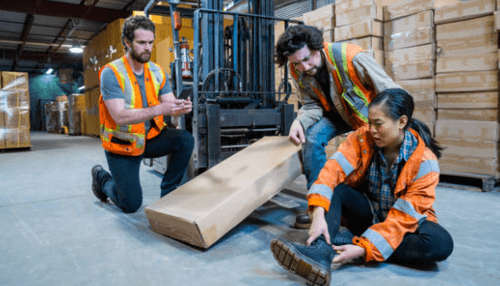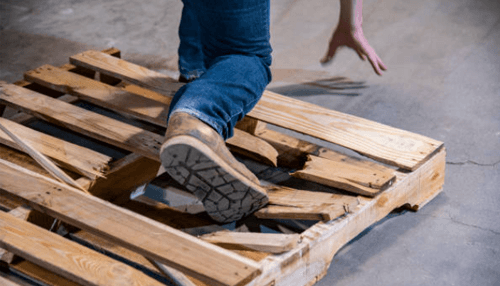Many times people have an accident by slipping on somebody else’s property. Such accidents often result in an injury making the third party liable for his negligence. Under such circumstances, the victim can file a case against the slip and fall accident, asking for compensation to cover the cost of medical expenses. Filing a personal injury lawsuit under such circumstances requires several pieces of evidence to prove the property owner is at fault. However, the property owner often fails to accept their mistake and claim that the injured person was careless. Under such circumstances, the victim has to provide evidence against the argument.
Understanding the theory of liability in a slip and fall accident
When the victim wishes to file a case holding the third-party responsible for his injury, he must prove the following at the court of law:
- The property owner must be held reliable for posing a dangerous condition that would lead to a slip and fall accident. For instance, employees at a construction site leave hazardous machinery or other tools in the pathway of pedestrians.
- The property owner failed to remove the potential danger despite ample opportunity before the accident occurred.
The property owner or his employees must stay answerable at the court of law for their negligence leading to the accident.
Evidence for the negligence of the third party
The settlement negotiations of a slip and fall case have several stages where it is proved that the property owner has failed his liability to prevent the accident. However, it is necessary to evaluate the reasonable action with the following factors.
- The duration of the potential hazard on the accident site- If the obstacle existed for a long time and the property owner with the opportunity to eliminate it, will be held responsible.
- Policy for checking hazards-the property owner must maintain a record of routine checking regarding any potential hazard at the accident site. In the absence of following such procedure, the defendant gets held reliably.
- Justifying the existing obstacle- the plaintiff also considered the reasons for the block at the accident site. If the justification is not reasonable, the victim can have the ball in his court.
- Lack of visibility- sometimes poor visibility and lack of adequate lighting can result from a possible slip and fall accident. The property owner is held liable for his negligence.
The above grounds allow the injured person to ask for compensation from the defendant.
Eradicating the blame from the injured party
Often, a slip and fall accident can be considered the fault of the injured person. The insurance carrier of the defendant party might lay an argument against this is commonly known as comparative fault. Under such circumstances, the plaintiff’s ability to recover compensation undergoes a toss. Therefore it is essential to eliminate the following possibilities that may have caused the injury.
- Any action of the injured person leads him to overlook the potential hazard.
- It was lawfully permissible to visit the area of the accident site.
- The plaintiff does not ignore the possible signs or warnings.
To win an argument in the court of law under slip and accident cases, the victim must prove the callousness of the defendant, improving his odds of winning. Personal injury attorneys can assist you in the process of filing a claim leading the fault party to pay for the medical bills and other expenses.



